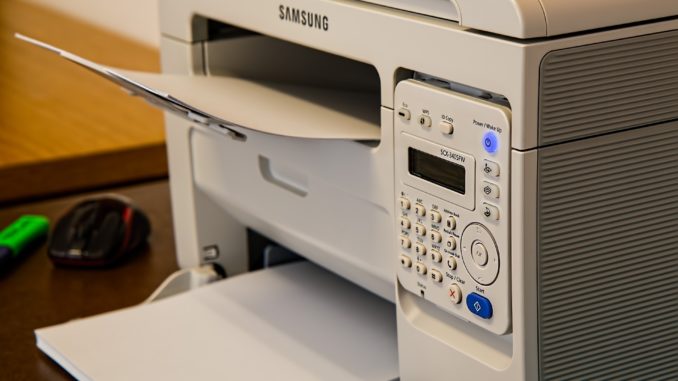
A recent survey by Ebuyer has found that over 1.5 billion personal documents are printed in the workplace per year. As practices seek new ways to save money, could a crackdown on private printing save you money?
A massive 77% of1 British workers regularly print personal documents while at work, with an average of thirteen pages being printed per person, per month, Ebuyer found.
The research uncovered that 18% of employees used their work printer for personal printing at least once a month, with 13% printing personal documents more regularly. Overall, just 6% of staff said that they never printed any personal documents at work.
While a crude calculation, if we assume the NHS’s 1.7 million employees follow the same pattern, the health service could be paying for 22 million personal printouts a month; over the course of a year that could be as many as 265 million pieces of personal print!
It’s impossible to get accurate costs for what each practice spends on printing, but software developers Reckon estimate it could be as high as £148 per person to print and store all this paper; printer provider TonerGiant.co.uk has calculated that businesses lose around £40m every year through private printing. So, it seems that outlawing personal printing across the health service could deliver sizeable savings.
The NHS may have aspirations to become paperless in the future, but today that seems a long way off, so how can you ensure that employees aren’t ‘taking the print’?
Workplace policy
The Ebuyer research found that two thirds (64%) of people said their office did not have a personal printing policy, while one-in-five of those questioned didn’t know if their company had such a policy.
While each practice is different, the standard policy for workplaces is that personal printing should be avoided at work. “Some employees might not see the problem with printing the odd personal document at work, whether that’s because they’ve not got access to a printer at home or because it’s more convenient,” TonerGiant MD Gary Flynn said, commenting on the research. “However, the cost soon adds up! And, as there is no business value to this expense, it really is money wasted.”
Fewer people have printers at home these days as digital technology has enabled us to do more online, but there are some situations – aeroplane boarding passes, for example – that often necessitate printing. In reality, the cost to print an individual sheet of paper is less than a penny, so some discretion should be applied.
NHS staff are notorious for going the extra mile and, if the pay-off is a few pieces of personal printing, then the exchange seems a fair one. Practices which are concerned about personal printing should review and refresh their IT policies, ensuring all staff are aware of their responsibilities to their employer and how much personal printing is costing the practice.
Don’t forget to follow us on Twitter, or connect with us on LinkedIn!

Be the first to comment